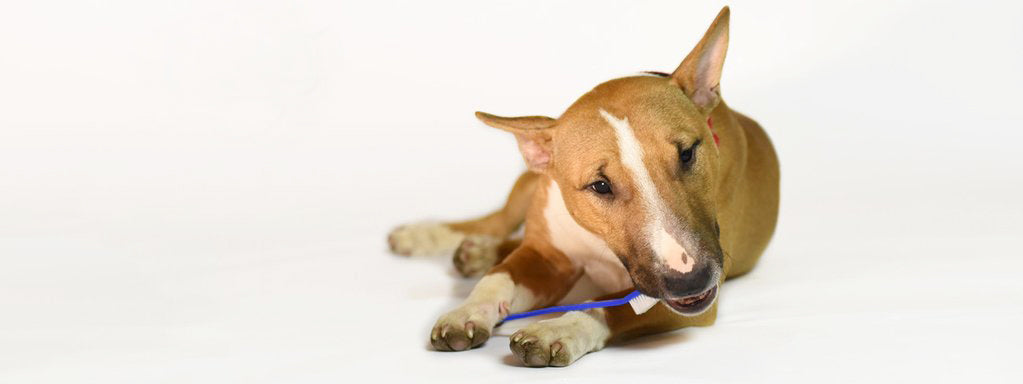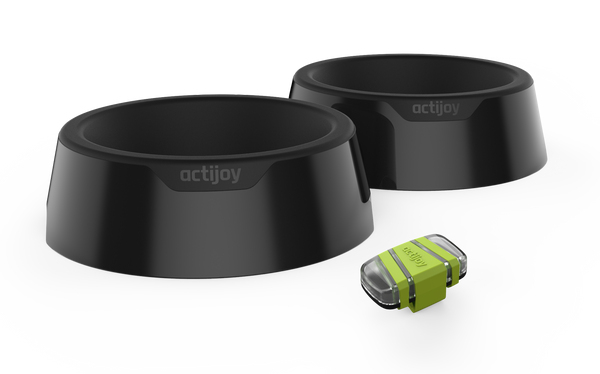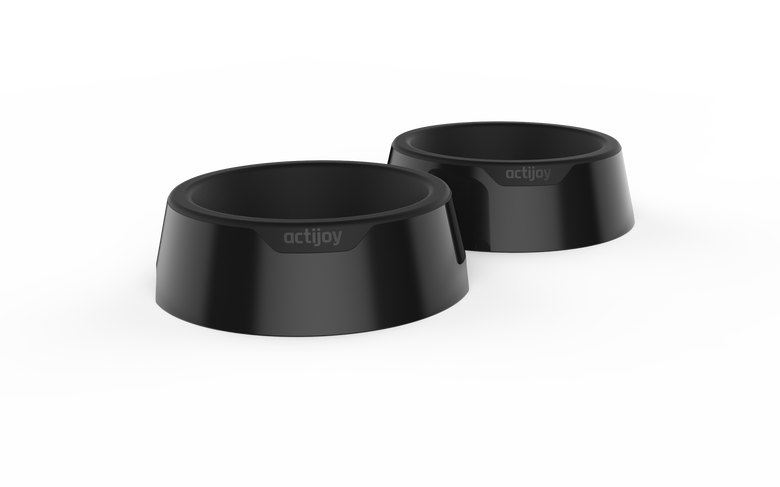How to Clean Your Dog's Teeth Correctly?
Your dog can make use of a toothbrush too - same as you! Find out how to train your furry friend to enjoy oral hygiene.

Although brushing a dog’s teeth is very important for their general health, it is still the most overlooked part of dog care. According to researches, many dogs show signs of dental disease by the time they reach three years. The good news is that it is never too late to start brushing your dog’s teeth. These basic steps will help you to get into a tooth-brushing routine smoothly.
Training
It’s crucial to train your dog to enjoy having his teeth cleaned at first. It’s best to start with a puppy. Touch his snout and immediately reward with a treat. Toys are not recommended because you want to teach your dog to be calm during this process, not excited. Once your dog is comfortable having his snout touched and his gum massaged, you can proceed and do to the same thing with a toothbrush. Puppies usually enjoy having their gums massaged as they are in pain because of the teething. If at any point your dog gets uncomfortable, end the training session and take a break. Take a step back and try again after a few hours or the next day.Accessories

It’s important to prepare the accessories before you start cleaning your dog’s teeth. You’ll need a toothbrush for dogs or a special finger toothbrush as well as a tube of toothpaste for dogs. Never use human toothpaste as it is toxic for your dog if swallowed. Use disposable gloves or wash your hands thoroughly after cleaning your dog’s teeth.The Right Spot
Find a place where you and your dog feel comfortable. If possible, choose the same location as you used for training the dog. In case your dog seems to be uncomfortable, avoid forcing your dog to stay and try again later. If the dog seems uncomfortable, try again later. Forceful behavior can turn the tooth-brushing experience into a stressful time both for you and your pooch.Preparation
Start slowly. Use your fingers to massage the gums. Then do the same with a toothbrush. Once your dog is familiar with the process, start slowly brushing your dog’s teeth with oval motions. Angle the bristles 45 degrees to the gumline. Work from back to front teeth, and clean especially the areas where teeth and gums meet. Slight bleeding along the gum line may occur. The bleeding will reduce once the oral hygiene improves.Move Forward Slowly
Most dogs will not allow you to brush all their teeth at once for the first time. Start by brushing a few teeth at a time. Gradually work up to brushing all your dog’s teeth. Do not brush longer than two minutes and be sure to use a lot of praise along the way. Ideally, you should be brushing your dog’s teeth as a part of your daily routine. However, if you have a busy schedule, even brushing twice a week can reduce plaque buildup and make a huge difference to your pup’s health.End With a Reward
Always finish with a treat and praise your dog. It will create a positive association with the process of cleaning the teeth, and your dog will enjoy it even more in the future. Right after brushing your dog’s teeth, thoroughly wash your hands with soap and warm water, and never forget to rinse the toothbrush as well.
Know When to Replace the Toothbrush
You should replace the toothbrush every three months. In case you have multiple dogs, use a different toothbrush for each of them. Even though it is sometimes sort of a pain, brushing your dog's teeth may prevent serious canine health problems and is important for their overall well-being. It can also save you a lot of money as a dental cleaning can run over $700 and up to $2000 when teeth need to be extracted. Keep your pup healthy and help them to preserve their pearly whites!
Subscribe to our newsletter! Learn more about How to Prevent Tooth Abscess and Other Dangerous Dental Problems Before It’s Too Late.





